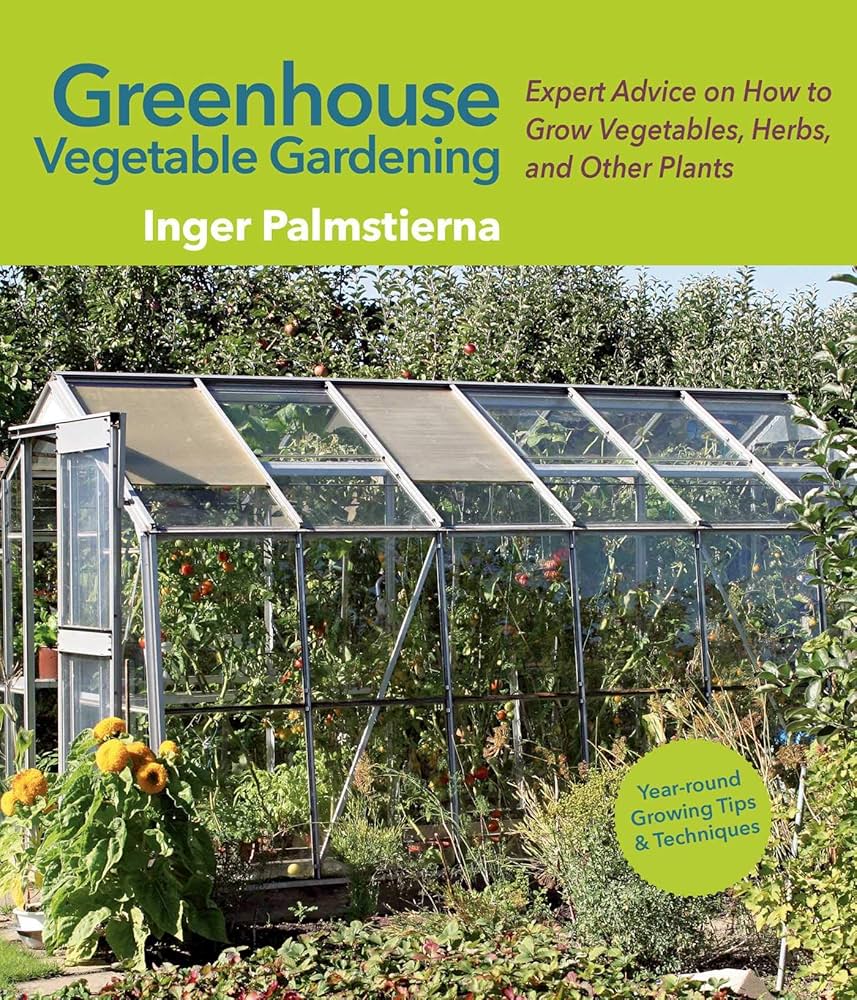Introduction
A greenhouse garden offers a unique opportunity to cultivate fresh fruits, vegetables, and flowers year-round, regardless of external climate conditions. Whether you’re a seasoned gardener or a beginner, understanding how to optimize your greenhouse space can lead to bountiful harvests and healthier plants. This article explores the essentials of greenhouse gardening, from choosing the right structure to maintaining ideal growing conditions.
Why Choose a Greenhouse Garden?
Greenhouse gardens provide numerous advantages over traditional outdoor gardening:
- Extended Growing Season: Protect plants from frost and extreme weather, enabling cultivation throughout the year.
- Controlled Environment: Manage temperature, humidity, and light for optimal plant growth.
- Pest and Disease Reduction: Limit exposure to pests and diseases common in open gardens.
According to horticulture experts, greenhouses can increase crop yields by up to 30% compared to outdoor gardens, making them a valuable investment for serious gardeners.
Selecting the Right Greenhouse for Your Garden
Types of Greenhouses
When planning a greenhouse garden, selecting the appropriate structure is crucial. Common types include:
- Lean-to Greenhouses: Attached to existing buildings, ideal for limited space.
- Freestanding Greenhouses: Standalone structures offering maximum versatility.
- Hoop Houses: Economical, simple frames covered with plastic sheeting.
Materials and Design Considerations
- Frame Materials: Aluminum and galvanized steel offer durability and low maintenance.
- Glazing Options: Glass provides clarity but is fragile; polycarbonate panels balance light transmission with strength.
- Ventilation: Essential for temperature regulation; consider automated vents or fans.
Expert tip: Choose a greenhouse size that matches your gardening goals and space availability to maximize efficiency.
Creating Optimal Growing Conditions
Temperature Management
Maintaining consistent temperatures between 65°F and 75°F is ideal for most plants. Use thermostats and heaters for colder months, and shading or ventilation during hot periods.
Light Requirements
Natural sunlight is vital, but supplemental grow lights can extend daylight hours during winter. Position plants to maximize exposure and rotate regularly for even growth.
Humidity Control
Aim for 50%-70% humidity to prevent fungal diseases while supporting plant transpiration. Use humidifiers or dehumidifiers as needed, and water plants appropriately.
Soil and Nutrition
Choose high-quality potting mixes designed for container gardening. Regularly amend soil with organic compost and balanced fertilizers to supply essential nutrients.
Common Challenges and Solutions in Greenhouse Gardening
Pest Management
Even in controlled environments, pests like aphids and whiteflies can appear. Implement integrated pest management (IPM) strategies such as:
- Introducing beneficial insects (ladybugs, predatory mites)
- Using insecticidal soaps and neem oil
- Maintaining cleanliness to reduce pest habitats
Disease Prevention
Prevent fungal and bacterial diseases by ensuring proper ventilation, avoiding overhead watering, and sterilizing tools regularly.
Watering Techniques
Overwatering can lead to root rot, while underwatering stresses plants. Use drip irrigation systems or self-watering containers to maintain consistent moisture levels.
Practical Tips for a Successful Greenhouse Garden
- Plan Crop Rotation: Prevent soil depletion and disease buildup by rotating plant families.
- Monitor Daily: Check temperature, humidity, and plant health each day.
- Record Keeping: Track planting dates, growth progress, and harvest yields to optimize future cycles.
- Use Vertical Space: Maximize your area with hanging pots and trellises.
Conclusion
A greenhouse garden empowers you to grow fresh, nutritious produce regardless of season or weather constraints. By choosing the right greenhouse, maintaining optimal growing conditions, and proactively managing common challenges, gardeners can enjoy higher yields and healthier plants. Start small, learn from experience, and expand your greenhouse garden to reap the full benefits of controlled-environment gardening. Embrace the journey toward sustainable, year-round cultivation and watch your green oasis thrive.
